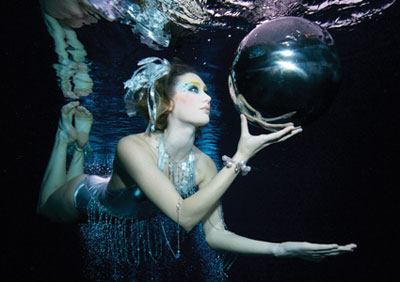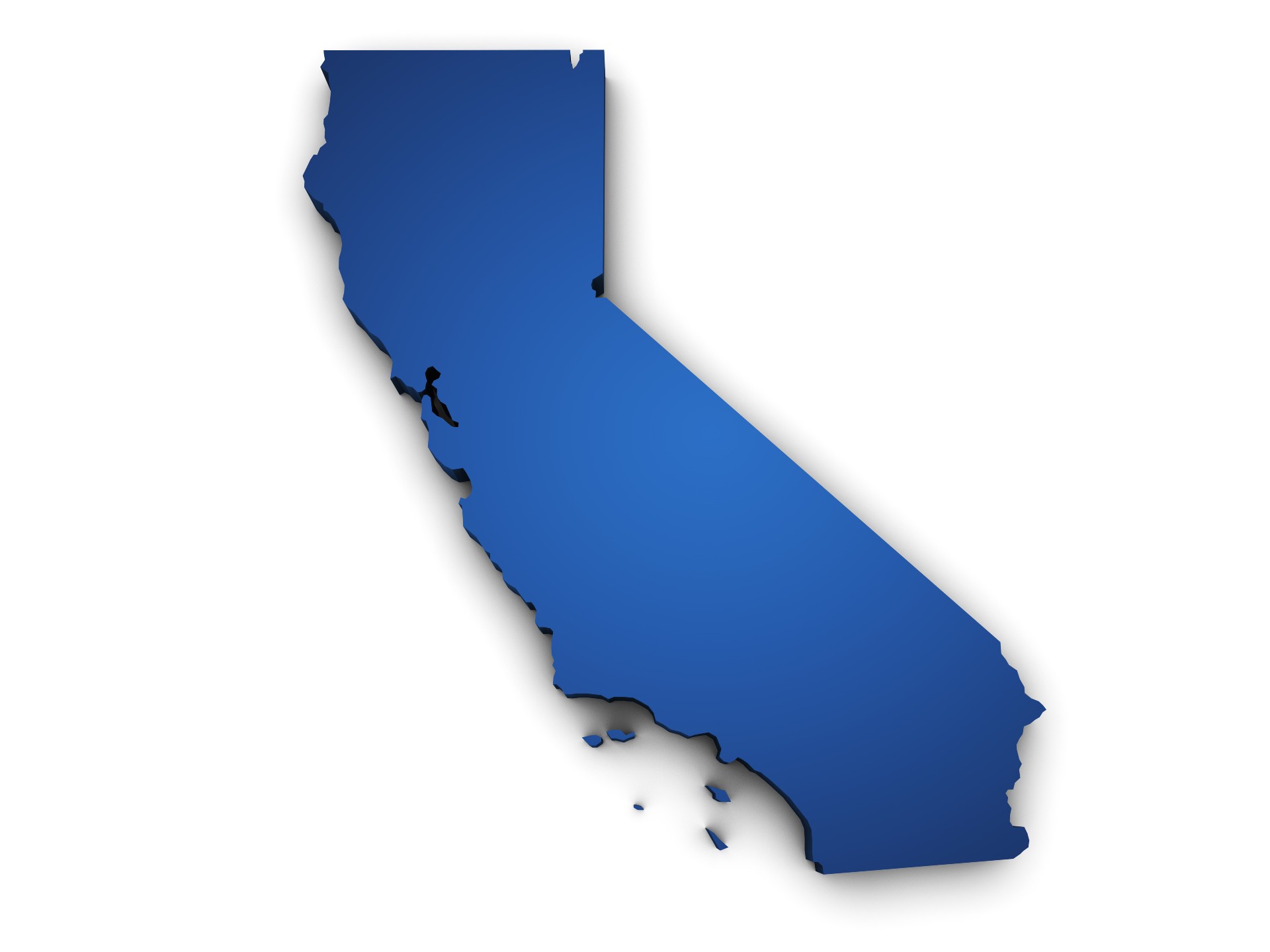When Wild Waves opened for the season in 2011, operators debuted a high-dive show, “Beach Party” (with interactive games designed to get kids involved), and “Poolside Bop” (a 1950s style doo-wop singing experience). The high-dive show was scheduled three times most days, four on Fridays and Saturdays. During the last show of the day, a diver became a human torch by lighting himself on fire and diving into the pool. The goal was to provide a higher level of entertainment and give guests quality shows for their ticket price, says Jeff Stock, CEO, and Todd Suchan, general manager, of the park in Federal Way, Wash.
Stock and Suchan have tapped into the concept of “aqua-tainment,” blending aquatics into a theatrical production with high entertainment value. Aqua-tainment isn’t a new idea; it’s been around at least since the early 20th century, when Harry Houdini first performed his famous Chinese water torture escape trick. But today, wildly popular productions such as Cirque du Soleil’s “O” at Bellagio Las Vegas, and “Le Rêve” at Wynn Las Vegas, are creating new fans — and new opportunities.
Cirque du Soleil isn’t likely to be coming to a waterpark near you anytime soon, but like Wild Waves, operators can take a page from the aqua-tainment playbook as a way to generate additional excitement and revenue. Whether it’s the right option for you depends on a number of variables, experts say.
In the beginning
Perhaps the best-known examples of aqua-tainment are the old Busby Berkeley movie musicals. These splashy numbers featured elaborate sets and precise, fancy choreography. Berkeley regularly included scenes in pools with synchronized swimming in an almost ballet-like dance, which became one of his film trademarks.
One of Berkeley’s stars was swimming champion Esther Williams who also starred in the Broadway spectacular “Aquacade,” featuring hundreds of swimmers and divers, singing and special effects. She performed choreographed duet swims with fellow swimming great Johnny Weismuller.
Across the nation from Broadway, live aqua-tainment appeared as the “Aqua Follies,” at Green Lake in Seattle. In 1950 the Aqua Theatre was built for the Follies’ “swimusicals,” which combined aqua ballet, stage dancing and comedy. The floating orchestra pit was recessed and the fan-shaped grandstand held 5,600 people.
The Aqua Theatre was constructed in only 67 days, at a cost of $247,000 — providing that kind of entertainment at a waterpark would cost substantially more today. So would mounting a modern Vegas-style show, likely to require deep pools, sound equipment and a state-of-the art stage, and that’s just for starters.
Today’s market
But you can give patrons more for their money with aqua-tainment that makes sense in today’s market.
“Our shows work well,” says Dana Kunze, CEO of Kunze Entertainment Group, LLC, a supplier of waterpark entertainment in Maryville, Ill. “Some parks have song and dance shows, while others do special events and concerts. … There’s certainly room for growth in what waterparks do as far as entertainment.”
Waterparks may not get to the level of expensive, Vegas-style productions, but less expensive versions can work. For instance, a Vegas-type show at Wild Waves, “Rocknation,” features four performers singing and dancing to a rock-and-roll theme. This 25-minute performance happens three times a day.
“So far our shows, which are family-friendly and professional, have been very successful,” says Pat Walker, marketing and public relations director at the park. “We hope they increase our gate.”
“In this economy, you have to provide value to people. It’s fair that guests expect to be entertained, treated well and have lots of options,” Walker says. “We don’t charge extra for the shows.”
Kunze notes that his diving shows also are fairly economical, as opposed to a concert. His high-dive performers were at Wild Waves and Water Country USA in Williamsburg, Va., this summer, and include former Olympians and athletes who have appeared on “Wide World of Sports.” One, known as Professor Splash, appeared on NBC’s “America’s Got Talent” and broke a world record doing a belly flop from a height of more than 25 feet into 12 inches of water.
Kunze’s high-dive shows are a spectacle, and aqua-tainment opportunities like that also can offer excellent opportunities for media coverage, in addition to being a tremendous draw.
Given its long history, aqua-tainment provides retro appeal as well. “Sometimes things that are old are new again. The Green Lake ‘Aqua Follies’ sold 5 million tickets for 50 cents apiece,” Kunze says. “We should bring back the old type of aqua-tainment.”
If a high-dive show is not the kind of aqua-tainment that fits into your park, offering dive-in movies is another option on a smaller scale, and usually meets with success, says Tom Bergman, a consultant for waterpark businesses at Bergman Communications in Lake Geneva, Wis.
Wet ‘n’ Wild Phoenix in Arizona is constantly seeking new forms of entertainment but dive-in movies have been a staple since it opened in 2009, Trevor Wilson notes.
“The movie program … has become very popular with young groups and families as a nice change of pace for a summer get-together,” says Wilson, director of marketing at Village Roadshow Theme Parks USA, which owns the park.
“In general, tying entertainment into the general park experience creates value and entices guests to continue visiting,” Wilson says.
Look before you leap
So what are the challenges when it comes to aqua-tainment? First, it’s important to remember the primary reason most people come to a waterpark.
“The best thing a waterpark can do is use the money it would have spent on entertainment for new rides. … That’s what people want,” says consultant Kurt Kelso of Water Park Excitement Inc. in Seguin, Texas. “Add something new every year if you can.”
Second, in looking at an aqua-tainment option, consider whether your facility has the necessary infrastructure. If not, can equipment or staging be rented or built at a reasonable cost?
At Wet ‘n’ Wild, an outside vendor provides movie equipment and projection, so no building or maintenance was required. Wild Waves operators built stages and installed sound equipment to handle “Rocknation” and the high-dive show.
“We have portable units that we travel with. The units stay all summer long,” says Kunze, who is a former professional diver and eight-time world high-diving champion. “We are a completely self-contained show, kind of like a traveling concert, so once you buy it, we take care of the rest.”



